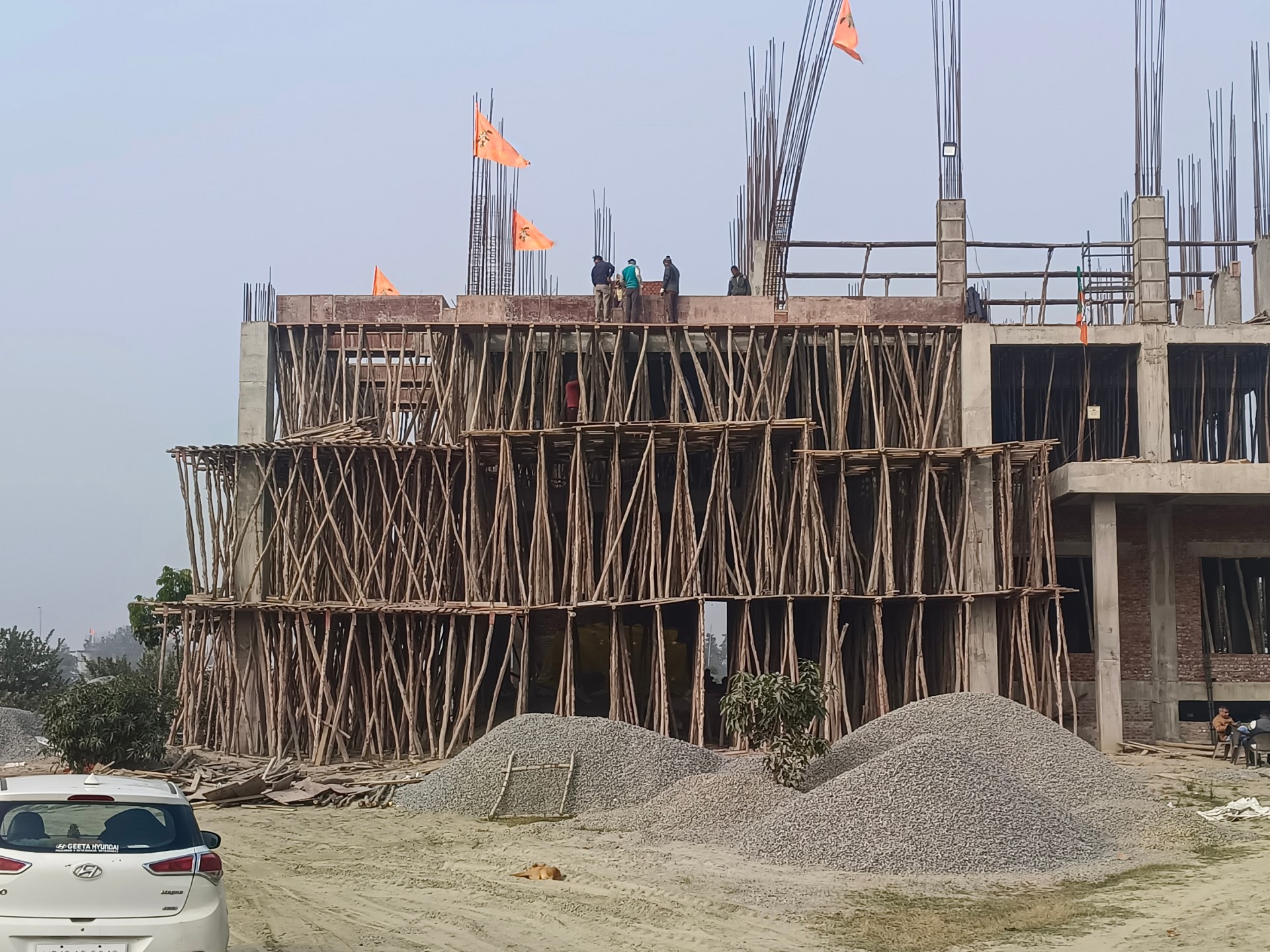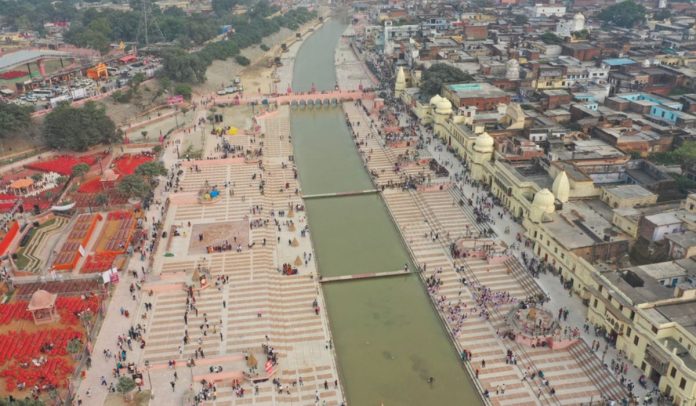Ayodhya, India: Ram Surat Verma regrets his decision to sell his land in 2019.
A farmer in Takpura village in the Ayodhya district of the north Indian state of Uttar Pradesh, about 155km (96 miles) from Lucknow, the state capital, he received 25 million rupees ($300,000) when he sold his 1.55 acre (0.6 hectares) patch of land to a local property dealer four years ago.
The 65-year-old believes that he could have gotten at least 10 times that amount had he delayed his decision to now. “Land is costlier than the gold here, with prices surging since the verdict for building a Ram temple was announced by the Supreme Court in 2019.
“Land is costlier than the gold here, with prices surging since the verdict for building a Ram temple was announced by the Supreme Court in 2019.
I made the mistake of selling my land before the judgement. Had I delayed the land deal, it could have fetched me a far better price than what I had received then,” Verma told Al Jazeera.
Verma, whose land holding is 7km (4.3 miles) from the temple, is yet to decide on selling his remaining 4.65 acres (1.88 hectares) of land.
“The property brokers and customers are making a beeline outside my house every day, offering me lucrative prices for the land but I will not repeat the same mistake again. A delay would certainly fetch me a higher price,” he said.
Verma is not alone in adopting a wait-and-watch policy on selling his land. Several thousand farmers and landholders in the Ayodhya district and its neighbouring areas are doing the same, expecting exponential prices for their land which is in massive demand mainly to build commercial properties there.
The boom in real estate began after India’s apex court in its verdict on November 9, 2019, ruled in favour of the construction of a temple to the Hindu god Ram at the 2.77-acre (1.12-hectare) disputed site in Ayodhya. The court also allocated a separate 5 acres (2 hectares) of land to Muslims near Ayodhya to build a mosque. Source: Al Jazeera






















